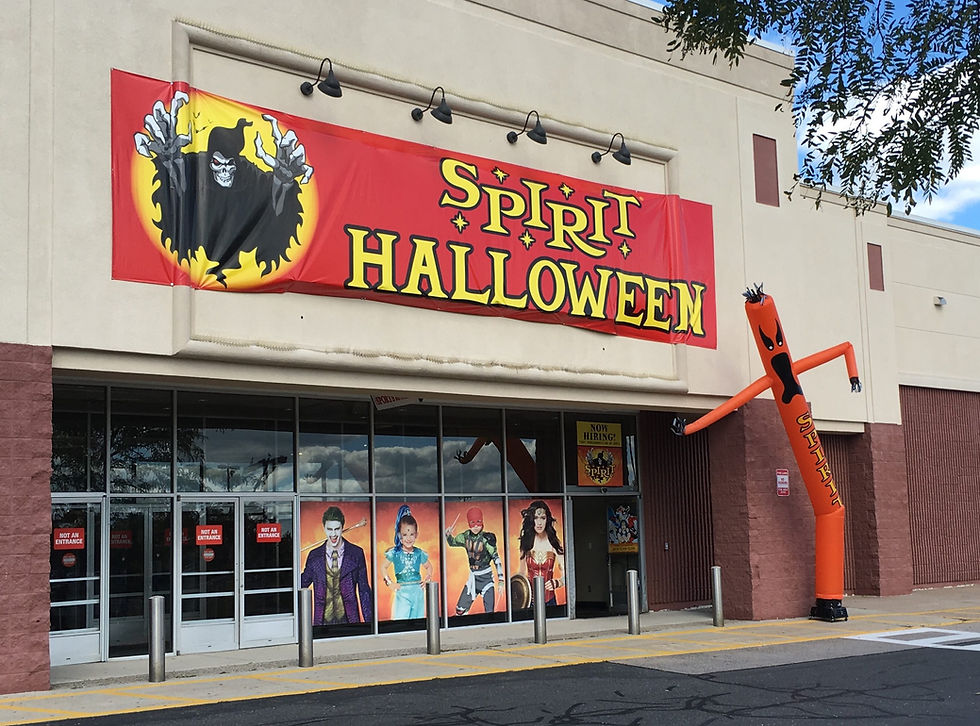The Real Ghost Behind Sleepy Hollow’s Headless Horseman
- James Bixby

- Sep 24
- 3 min read

On a cold October night in the Hudson Valley, you can still feel it — the weight of something riding through the mist.
Locals say it’s the sound of hooves pounding against empty roads, echoing across the hills near the Old Dutch Burying Ground. And if you listen long enough, you might catch a glimpse of a figure on horseback… but with no head on his shoulders.
That’s not just a spooky story parents made up to scare their kids. The legend of the Headless Horseman goes all the way back to the Revolutionary War — and Washington Irving’s The Legend of Sleepy Hollow (1820) made sure it would never die.
The Soldier Who Lost His Head
It started with a Hessian soldier. These were German mercenaries fighting for the British, shipped overseas to help crush the colonists. One unlucky soldier, according to local lore, was decapitated by a cannonball during the Battle of White Plains in 1776.
The townspeople buried what was left of him in the Old Dutch Burying Ground. But soon after, whispers spread: at night, his spirit clawed its way back into the world, riding a black horse and searching endlessly for his missing head.
Imagine being a farmer walking home from the tavern, the road lit only by moonlight, and hearing hooves behind you. You look back — nothing. But the sound doesn’t stop. That was enough to keep villagers inside after dark.

Washington Irving’s Spin
Washington Irving grew up with these ghost stories ringing in his ears. By 1820, he was living abroad in England, homesick for the Hudson Valley. So he wrote them down — and in The Sketch Book of Geoffrey Crayon, Gent., he gave the world The Legend of Sleepy Hollow.
His version sharpened the ghost into the Headless Horseman we all know today. Instead of just haunting the cemetery, this phantom stalks Ichabod Crane, a nervous schoolteacher, on a moonlit ride. Irving leaves the ending deliciously unclear: Ichabod vanishes, and the only clues left behind are his hat and a smashed pumpkin.
Was it the Hessian’s ghost? Or Brom Bones, Ichabod’s rival, playing a cruel joke? Irving never answers — and that’s why the story still works.
Why the Legend Endures
The magic of the Headless Horseman is that it’s half history, half folklore. The graves of Hessian soldiers are real. The Old Dutch Burying Ground is real. And for the people living there after the Revolution, ghosts weren’t entertainment — they were explanations for the unexplainable.
Irving just gave the ghost a stage big enough to last centuries. Now, the Headless Horseman rides every October: in Disney cartoons, in Tim Burton’s Sleepy Hollow, at parades, festivals, and in the imaginations of anyone who’s ever walked past an old cemetery after midnight.
Visit If You Dare
Sleepy Hollow embraces its haunted roots today. Walk the Old Dutch Burying Ground, where headstones from the 1600s lean at eerie angles. Join a lantern-lit tour through the village streets. Or stand at the edge of the woods at night and see if you can hear the distant rhythm of phantom hooves.
But be careful. The Horseman is said to ride only until dawn… and he’s always looking for his head.
Sources & Further Reading
Washington Irving, The Legend of Sleepy Hollow (1820)

Comments